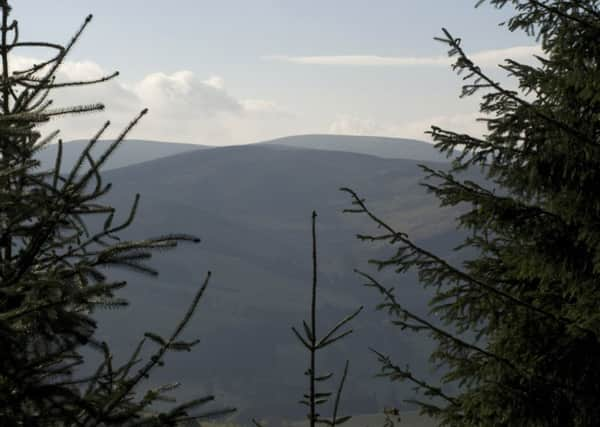We need to realise forestry’s potential


A study carried out by SAC Consulting demonstrates why more needs to be done to meet those targets. It compared the productivity and economic impact of forestry within the Eskdalemuir area of south Scotland with hill farming, concluding that forestry is more productive and sustainable, less dependent on public subsidy and better for the economy. Yet planting schemes are still being met with strong opposition.
What this study doesn’t mean is that all upland agricultural land should be converted to forest; meeting the Scottish Government’s target would make only a very small impact on agricultural land. It does, however, point to the fact that commercial forestry is a successful Scottish industry producing well over six million tonnes of timber annually. It’s time to look at what can be done to maintain and improve on this impressive record.
Advertisement
Hide AdAdvertisement
Hide AdOne of the central issues is the need for those within key environmental organisations, local government and the public to recognise the industry’s value and support tree-planting plans. Too many are currently being met with objections by those who are misinformed about the wider benefits of forestry to both the local community and the economy as a whole.
Secondly, the Scottish Government must rethink its funding plans. Money currently set aside for forestry is not sufficient. Unless the government can resist pressure from the farming lobby and direct more funding at forestry through the Scottish Rural Development Programme, the target will almost certainly be missed.
This debate is not about a wholesale shift in land use, but about making sensible changes in the direction of investment and promoting a wider understanding of the strength of commercial forestry as an industry. Scotland’s landscape can and should support both industries, but ultimately we need to recognise and support forestry’s credentials as a highly profitable, self-sustaining industry creating genuine wealth.
• Raymond Henderson is head of forestry and a partner at Bidwells Scotland
SEE ALSO